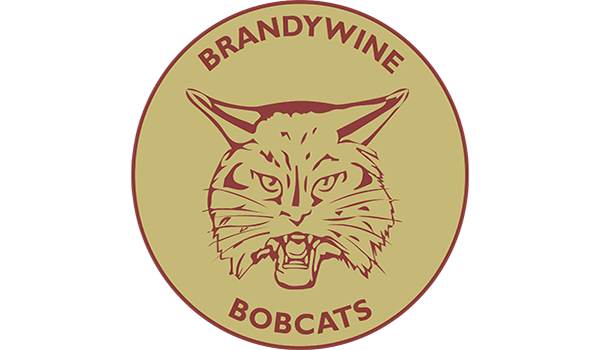New MDOT safety features aiming to reduce lane departure crashes
Published 8:00 am Wednesday, November 1, 2017
Nationwide, about half of all traffic crash deaths are related to vehicles that leave their lane.
The engineers in the Michigan Department of Transportation Southwest Region are focusing efforts on systematic, targeted and cost-effective strategies to reduce these lane departure crashes on state roads (M, I and US routes).
From 2012 to 2016, there were 106 fatalities resulting from lane-departure crashes on more than 3,000 miles of state trunkline in Berrien, Branch, Calhoun, Cass, Kalamazoo, St. Joseph and Van Buren counties. By the end of 2018, the southwest region will have installed new features along more than 400 miles of trunkline aimed at improving safety.
There are three main strategies to reduce lane departure crashes:
• Keep vehicles in their lane.
• Improve the ability for drivers to get back onto the roadway.
• Reduce the severity of crashes for vehicles that don’t return to the roadway.
Within these three strategies, engineers are utilizing several features to minimize the effects of lane departure crashes. Cable median barriers, steel guardrail, rumble strips, high-friction surface treatments, safety edges, and enhanced signs and delineation each play a role in reducing the frequency and severity of lane departure crashes.
Cable median barriers drastically reduce the severity of crashes and frequency of vehicles crossing the median into oncoming traffic. Steel guardrails help prevent vehicles that have left the roadway from crashing into roadside features such as trees, drainage ponds or bridge piers. Rumble strips alert drivers when they leave their lane.
High-friction surface treatments are a high-quality stone surface that provides improved traction at specific locations. In dry, wet and snowy conditions, this treatment improves the ability of a vehicle to stop when braking and helps maintain control when turning.
In September 2016, high-friction surfaces were applied to four locations in the Southwest Region, most notably along the curve of US-131 Business Route on the north end of Kalamazoo where a freeway section turns into the urban one-way pair of Westnedge Avenue and Park Street.
There also have been several sign and delineation upgrades at the US-131 BR curve. Reflective post-strips make warning signs stand out. New chevron signs, warning arrows, and reflective delineators help define the edge of the roadway and alert the driver to upcoming curves.
MDOT currently is enhancing another 102 miles of roadway on seven different routes, including M-216 from Marcellus to US-131, M-103 from the Indiana state line to US-12, and M-37 in Calhoun County from Morgan Road to the Barry County line.
Reflective panels were added along both sides of the I-94 concrete barrier wall in Kalamazoo County in 2016, improving visibility during rainy and nighttime driving conditions.
“Safety edges” are installed at a 30-degree angle rather than the vertical edge between the pavement and gravel shoulder. Pavement edge drop-off on highways has been linked to many serious crashes. When first built, gravel shoulders are level with the paved surface. After time, however, the gravel shoulder erodes, exposing the edge of the pavement. Safety edges allow motorists to more easily return to the pavement if they leave the roadway.
To watch the progress of these and other MDOT projects, visit Mi Drive at michigan.gov/drive.






